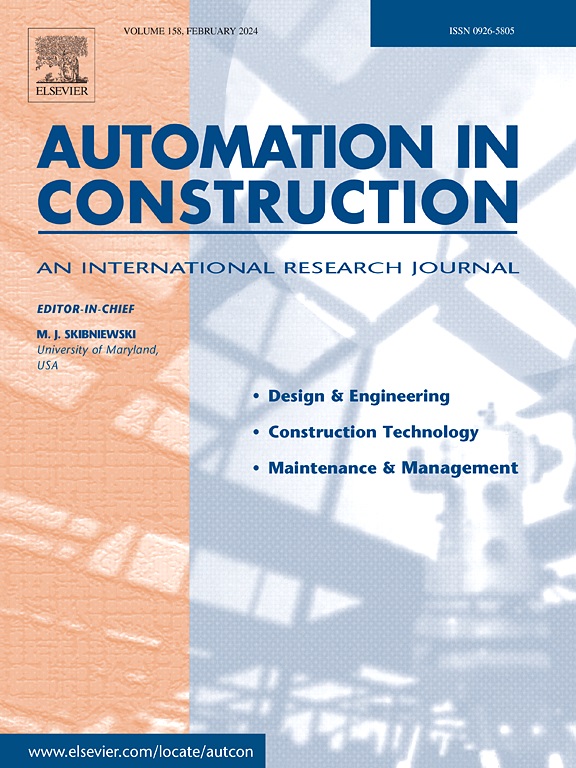Objective-directed deep graph generative model for automatic and intelligent highway interchange design
IF 9.6
1区 工程技术
Q1 CONSTRUCTION & BUILDING TECHNOLOGY
引用次数: 0
Abstract
Highway interchanges have traditionally been designed through a time-consuming manual process. To enhance efficiency and effectiveness, this paper develops an objective-directed automatic and intelligent interchange design method using graph conditional variational autoencoder. Based on interchange graph representation and augmentation techniques, data are collected from diverse interchanges types and converted into graphs that store design parameters. Aiming at graph reconstruction and fitting data distribution, proposed model learns to generate optimized interchanges by embedding design objectives including throughput and total ramp length. For evaluation, predictors are used to directly output interchange properties, enabling the quick screening of structures. Results demonstrate significant improvements with generated designs showing up to 7.67 % increased throughput and 27.63 % reduced total ramp length compared to traditional methods. The generated set contains a high proportion of valid, novel and unique interchanges. These advancements highlight the potential for generative model in creating more efficient and valid interchanges.求助全文
约1分钟内获得全文
求助全文
来源期刊

Automation in Construction
工程技术-工程:土木
CiteScore
19.20
自引率
16.50%
发文量
563
审稿时长
8.5 months
期刊介绍:
Automation in Construction is an international journal that focuses on publishing original research papers related to the use of Information Technologies in various aspects of the construction industry. The journal covers topics such as design, engineering, construction technologies, and the maintenance and management of constructed facilities.
The scope of Automation in Construction is extensive and covers all stages of the construction life cycle. This includes initial planning and design, construction of the facility, operation and maintenance, as well as the eventual dismantling and recycling of buildings and engineering structures.
 求助内容:
求助内容: 应助结果提醒方式:
应助结果提醒方式:


